David Sulman of the UK Forest Products Association comments on the current situation.
And so the question remains, what does the future hold for England’s public woodlands and forests?
Following the Government’s flawed and ill-conceived proposals to change the ownership and management of our public forests, we now have DEFRA’s Advisory Panel on Forestry considering the subject. We wish the Panel well in its deliberations, but the critical point is what the Government’s response to the Panel’s report will be, when it is published in Spring 2012.
Before we continue, perhaps it would be worthwhile to remind ourselves of the principal aims and objectives of the Forestry Commission. Their mission is to ‘Protect and expand Britain’s forests and woodlands and increase their value to society and the environment’. Amongst its stated objectives are to protect Britain’s forests and woodlands, expand Britain’s forest area, enhance the economic value of our forest resources, conserve and improve the biodiversity , landscape and cultural heritage of our forests and woodlands, develop opportunities for woodland recreation and increase public understanding and community participation in forestry’. What has happened since such fine words were penned? Perhaps it is nothing more than a change of Government?
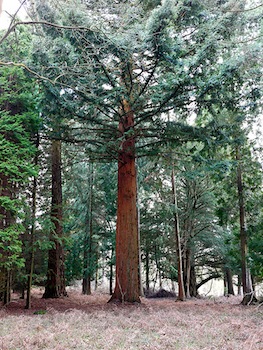
Most businesses in the British forest products sector are opposed to the Government’s plans to change the ownership and management of the public forest estate in England. This view has come as a surprise to some commentators, who had assumed that there would be widespread support for a sell-off of this valuable resource. If there were to be a large scale sell-off of public forests and woodlands, there would undoubtedly be some beneficiaries in the private sector, such as intermediaries engaged in as woodland management, land agency etc. However, users of wood from our forests – sawmillers and manufacturers of wood based panel products and paper products – continue to be very seriously concerned about the possibility of a large scale sell-off of the public forest estate in England. Furthermore, any such moves would have serious implications for the forest products sector in Wales and Scotland too, so this issue is not just a concern for England, it is truly a British issue.
It seems to us that there is a rather peculiar view of forest and woodlands in Westminster, perhaps not entirely unconnected to the fact that there aren’t any nearby! DEFRA has long justified public expenditure on forestry on the grounds of the delivery of public benefits. However, it is questioned if their definition of public benefit extends beyond leisure, recreation and biodiversity. Surely, producing wood is a significant public benefit too, especially in terms of its carbon credentials and its role in helping to mitigate the effects of climate change.
There seems to be a school of thought in Westminster that all forests and woodlands can be ‘pigeonholed’ into convenient boxes as a way of classifying their benefit. Anyone with even a rudimentary knowledge of forestry knows that well managed forests and woodlands deliver multiple benefits; economic, social and environmental. Multi-purpose forestry is now a fact of life. The simplistic thinking at Westminster in recent times seems to be that individual forests and woodlands only deliver individual benefits; on this basis, large productive forests such as Kielder Forest would only produce timber for industry, whereas in fact, Kielder also provides significant leisure and recreation opportunities, enjoyed by thousands of visitors every year and it also has a good record of improving wildlife habitats and biodiversity. Similarly, the so-called ‘heritage forests’, (a strange term coined by DEFRA), such as the Forest of Dean and the New Forest, are not historical relics to be retained as curiosities and handed over to charities, they are viable and vibrant concerns, which deliver a wide range of economic, social and environmental benefits. Such simplistic thinking demonstrates a complete lack of understanding of forestry and woodland management and is a very poor reflection on those charged with safeguarding this valuable national resource.
The Forestry Commission
Since its establishment in 1919, the Forestry Commission has been a force for the good. It has expanded and protected Britain’s forest resource for much of this time and from industry’s perspective, by continuing its commercial timber production operations, it has facilitated the development of Britain’s wood processing sector, by ensuring continuity of wood supply, which in turn provides businesses with much-needed confidence, which in turn encourages continued investment.
The development of the British forest products sector represents significant success story, in terms of employment, investment and our reducing reliance on imported wood and wood products. Gone are the days when sawmills only produced low quality products; today, as result of multi-million Pound investments, the industry successfully competes head to head with the major timber producing nations, such as Sweden, Finland, the Baltic States and Canada. As a measure of that success, British grown softwood, primarily, Sitka Spruce, but also Scots Pine, Douglas Fir and Larch, has secured a 40% market share in the UK, something that could only have been dreamt of 30 years ago. This has been achieved mainly by import substitution. It should also be appreciated that revenue from the Forestry Commission’s timber operations, (which in England is expected to be about £25 million this year), is of considerable value in offsetting the costs of providing a wide range of other public benefits, including leisure and recreation facilities and improving wildlife habitats and biodiversity. Sitka Spruce, but also Scots Pine, Larch and Douglas Fir, have secured a market share of about 40%, largely by displacing imports from Scandinavia and eastern Europe.
Given the level of public interest in forests and woodlands and the natural environment, it is astonishing that the Government, via DEFRA, had so seriously underestimated the level of public interest in our forests and woodlands when they proceeded with their plans to radically alter the face of public forestry in England. Hadn’t they learned anything from the ill-fated attempts by the Scottish Government to do something similar just two years ago? At that time, the plan was to lease 25% of the Forestry Commission Scotland estate to a single entity for 75 years. The controversial proposals resulted in a huge backlash, from a wide range of stakeholders.
The public consultation in Scotland resulted in more than 500 responses, with 71% of respondents commenting negatively on the leasing proposals. Compare that with the backlash we witnessed in the three weeks that the DEFRA consultation on England’s public forests ran! I can well remember saying at the time, “Imagine what will happen if they try this in England”. An analysis of responses received during the short-lived consultation in England at the beginning of this year shows that there were 7007 responses and the overwhelming message was ‘hands off our forests’. Not surprisingly, one of the key concerns was the question of maintaining public access to woodlands if ownership shifted from the public sector to the private sector. Whilst public access is very important, it should not be assumed that this is the only matter of concern. Our forests and woodlands provide much more than just opportunities for leisure and recreation. Sustainably managed woodlands and forests provided a wide range of very valuable economic, social and environmental benefits.
It’s all very well demanding leisure and recreation opportunities, amongst other things, from our publicly owned forests and woodlands, but we have to face facts and recognise that someone has to pay for the provision of these benefits. Of course, those of us who are taxpayers are already paying for it, but it should not be overlooked that the Forestry Commission’s commercial forestry operations provide a not insignificant revenue stream which helps to offset the cost of providing the much loved leisure and recreation facilities, improved wildlife habitats etc.
Inevitably, there is scope for achieving efficiency savings in the delivery of some of the Forestry Commission’s operations and in this respect, outsourcing some operations may well be worth considering, but despite the keenness of some people to criticise the Forestry Commission at every given opportunity, (which is both unwarranted and unfair in most cases), since its establishment in 1919, the Forestry Commission has been a force for the good in Great Britain. It might be argued that since devolution, forestry has become something of a political football and hasn’t necessarily benefited all of the time. One of the problems with the politicisation of forestry in recent years is that of timescales; forestry is by its very nature a long term undertaking, unlike politics, with its horizon of four or five years, at best.
Education
We need to continue our efforts to raise awareness of the many benefits our woodlands and forests provide; the public should have a better understanding of the connection between trees and wood products. Perhaps we have a similar challenge to that faced by the dairy sector, as apparently, many children seem to think that milk comes from supermarkets; being blissfully unaware of the dairy farming sector.
If the public give any thought to forests and woodlands, they might, at best, comment on their landscape, wildlife or recreational value, but most would be unlikely to acknowledge their economic value, as producers of wood for the manufacture of a wide range of solid wood and wood based products, which are used in many different markets.
Educational programmes such as the Forest Education Initiative have a vital role to play in educating young people and adults about the benefits that woodlands and wood products provide. One of its particular successes has been the promotion of Forest School; this concept is already well established in Scandinavia and Europe, in which young people learn about the natural world in a woodland environment. Such efforts deserve greater support and encouragement.
Whilst the debate about the future of England’s publicly owned forests and woodland continues, there is an increasing concern that the outcome might be the transformation of some, or all of the public forest estate in England into what would in effect be woodland theme parks, or woodland museums. There are those who believe that what our forests and woodlands need is ‘protection’ and that all that needs to be done is to leave them to nature. But this misses the point altogether. Yes, a degree of protection is required, but protection that is afforded by stewardship, not high fences and no intervention.
The prospect of our woodlands becoming ‘theme parks’ should be horrifying to most of us; our forests and woodlands are living environments and the best form of protection for them is not to fence them in and leave the trees to nature, but to manage the woodland, thereby maximising the economic, social and environmental benefits they provide. After all, sustainably managed forests and woodlands will continue to deliver multiple benefits indefinitely. There is an old adage in the forestry sector of ‘The wood that stays, is the wood that pays’. This is as true and relevant today as when it was first said many years ago.
Forestry
We should not overlook the criticism that has been levelled at forestry in recent years; although it must be said that much of that criticism is no longer valid, as the practice of forestry has changed considerably in recent years. The adoption of the principles of sustainable forest management and the advent of independent certification of forest management, based on internationally recognised standards, has resulted in a very different approach to forestry in Britain, by comparison with the practice of 20 or 30 years ago. Modern forest design requires landowners to address a wide range of factors, including wildlife and habitats, soil and water standards, access and landscape, to name but a few. Today, sustainable forest management aims to maximise the delivery of economic, social and environmental benefits, so that British forestry has a very good story to tell.
Whilst the focus of attention is on the future of our publicly owned forests in England, there are challenges for the publicly owned forests in Wales and Scotland too. As we have seen, the Scottish Government attempted to change the ownership and management of its public forest estate, but was forced to think again, such was the strength of public opinion. In Wales, there is a possibility that the Forestry Commission may well be amalgamated with the Countryside Council for Wales and the Environment Agency Wales. The Government is preparing a business case for this. What will the future hold for the forests and woodlands of Wales owned by the Welsh Government and managed on their behalf by the Forestry Commission?
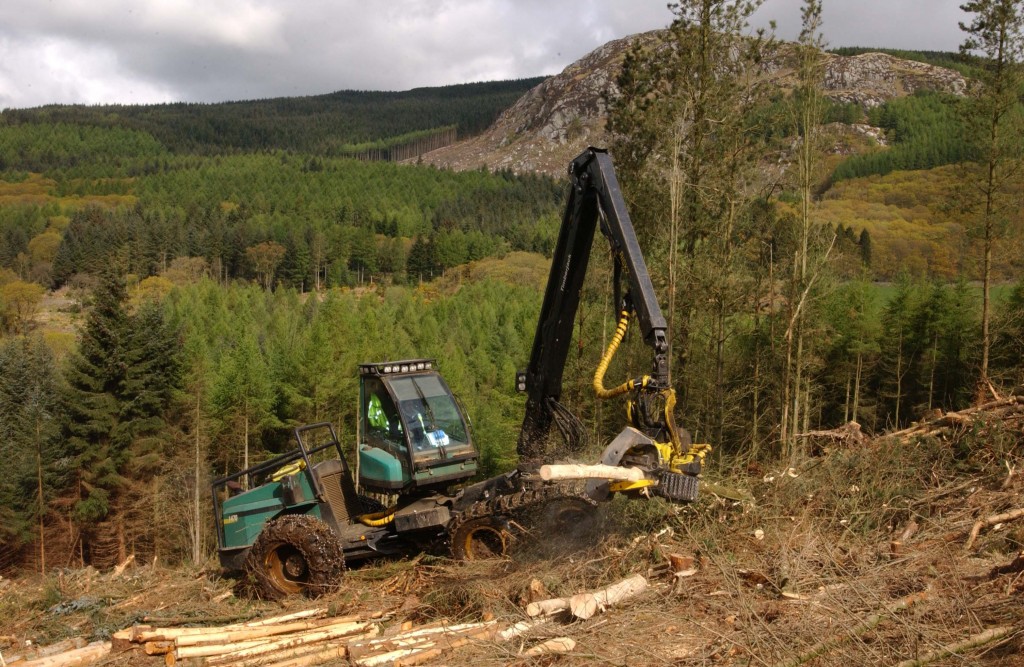
There should be wider recognition of the fact that trees are grown as crops in commercial forestry operations, although the rotation period is somewhat longer than those in farming! Commercial conifer crops reach maturity in about 40 years or so and there is thinning to be carried out at about 15 years, which both improves crop quality and also provides a return for the grower ahead of the final return when the crop reaches maturity and is felled.
Climate Change
The important role that trees, woods and forests play in helping to mitigate the effects of climate change is being increasingly acknowledged. The publication, in 2009, of a report (‘Combating Climate Change – a role for UK forests‘), on this subject by Professor Sir David Read and a panel of climate change and forestry experts, highlighted the important role that trees and wood products play. Amongst several recommendations made in the report were two key requirements; to plant more trees in Britain and to use more wood and wood products in place of alternative materials, so as to lock up carbon and reduce greenhouse gas emissions. It was recommended that we should be planting about 23,000 hectares of woodland per year and we should be using more wood and wood products. If an extra 4% of the UK land were planted with new woodland cover over the next 40 years, it could be locking up 10% of the nation’s predicted greenhouse gas emissions by the 2050s.
All the research points to the fact that forestry can make a significant and cost-effective contribution to meeting the UK’s challenging emissions reduction targets. It should also be noted that England still has one of the lowest levels of tree cover in Europe, currently about 12%, compared to the European average of about 37%.
Wood Fuels
Wood fuels have become a very topical subject over the past few years. Of course, wood has a role to play in the range of biomass fuels, but great care is required to ensure that our forest resource is not squandered by burning wood before it has had a chance to fulfil its true potential in product use. Wood fuels are something of a double-edged sword for the forestry world; especially as generous Government subsidies are available to the electricity generating sector to burn wood. These subsidies not only lead to severe distortion of the market for wood and displacement of wood from traditional processors to energy plants, but also place thousands of jobs in the wood processing sector in Britain in jeopardy. Wood that is suitable for product manufacture should be used for that purpose in the first instance, (thereby locking up carbon for long periods), not burnt in large-scale, inefficient electricity generating plants. Wood can be recycled and reused and at the end of its useful service life it can then burnt for heat and/or power purposes, preferably in combined heat and power plants. There must be a realisation by the Department for Energy & Climate Change (DECC) of the hierarchy of wood use, to maximise the benefits provided to society; burning wood for heat and/or power should be largely an end of life issue, not a primary market for virgin wood fibre.
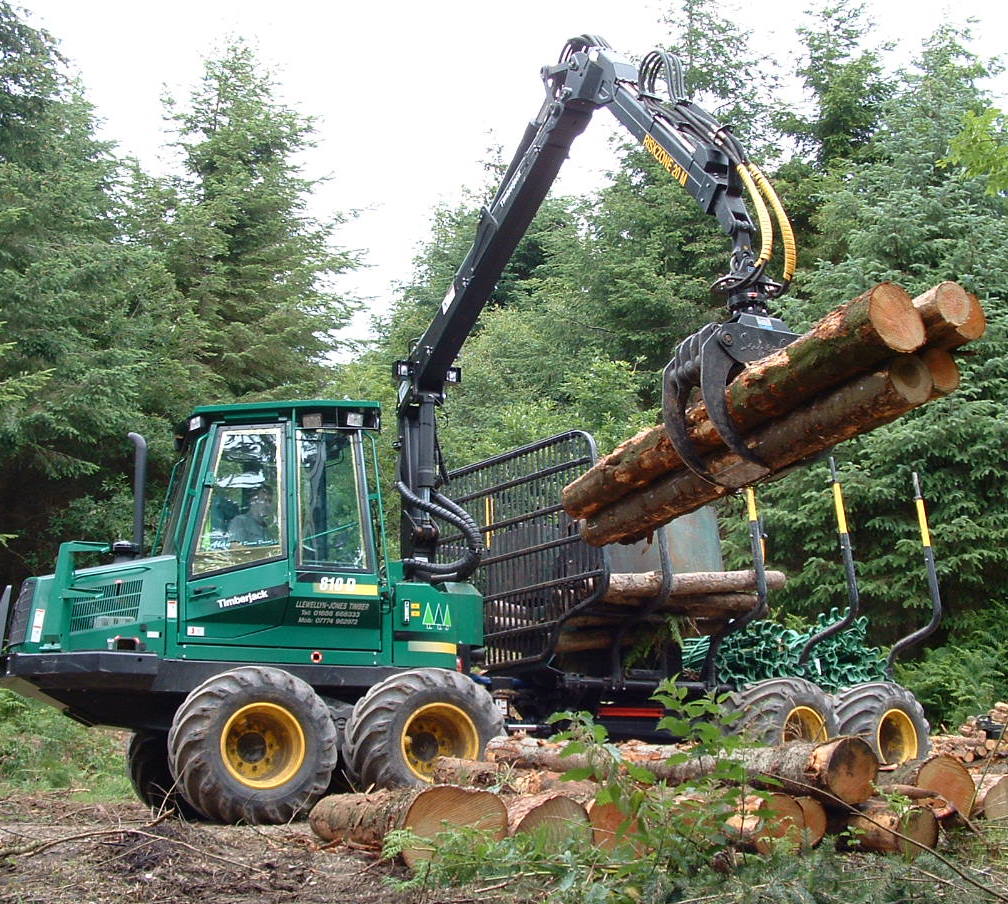
The Sell off of 15% of our Public Forest Estate
Quite apart from the question of the future of forestry policy, the ownership and management of the public forest estate and the role of Forestry Commission in implementing policy, the Advisory Panel on Forestry have also been tasked to consider the Government’s plans to sell 40,000 hectares from the Forestry Commission estate in England over a four year period. This plan was announced following the 2010 Comprehensive Spending Review, but was put on hold earlier this year, pending consideration by the Panel.
Although the Forestry Commission regularly sells parcels of land as part of its ‘repositioning’ programme, it is often, (although not always), on a small scale; a public forest disposals programme on the scale currently being proposed by Government is unheard of and seems to be little more than a money-making exercise. It is understood that if the sell-off goes ahead, the money raised would not be reinvested in forestry, but would be used for DEFRA’s flood prevention programme.
Tree Cover
Now, more than ever, there is a compelling case for increased tree cover in Great Britain, not least to help tackle the effects of climate change, but also to deliver other benefits as well. At the same time, we should be increasing our utilisation of wood and wood based products in place of energy intensive and unrenewable materials, such as concrete, steel and plastics, thereby increasing the value of our forests and woodlands and encourage more woodlands into management.
Demands for increased tree cover in Britain are all very laudable, but it is not just a case of planting saplings and hoping for the best; there must be a clear vision of why we are planting trees and how they are to be managed, so as to ensure the delivery of maximum benefits. It is already proven that well managed forests and woodlands not only provide environmental and social benefits, by they provide economic benefits too, especially in rural areas. Another valuable forestry adage is ‘The right tree, in the right place, at the right time’, we should remain mindful of this advice. In this respect, planting native broadleaves requires careful consideration, not least in terms of timescale, scale, cost and return. Of course, native broadleaves have a place in our ‘mix’ of tree species, but their role must be kept in perspective. It must be appreciated that like commercial conifer crops, they too have to be managed, so as to maximise the benefits and return; broadleaves take much longer to reach maturity than conifer crops and there is an attendant cost of managing the trees for that period if they are to have an economic value. By focussing on growing trees for quality wood, rather than simply producing wood fibre, the level of return can be improved, provided that the scale and accessibility of the crop is addressed, so as to make harvesting a practical and economic proposition. There is a balance to be struck in our choice of species, management techniques and objectives. At times, some organisations promoting woodland creation seem to loose sight of this fact. Woodland management is not new; man has been managing woodlands in Britain in one way or another for as long as he has been using wood, for example, coppicing has its origins in the Neolithic times and pollarding was practiced in medieval times.
It is recognised that demands for more tree cover in Britain inevitably raise the question of land availability, land use and agricultural subsidies. Despite population pressures, there is thought to be plenty of land available that would be better used for woodland creation. Perhaps incentives provided to farmers and other landowners could more usefully be directed at promoting tree planting, on a commercial scale, provided of course that such incentives are properly targeted so as to ensure value for money and a quality crop which delivers multiple benefits.
Are our publicly owned forests safe in the hands of Government at present? Not necessarily, might be the conclusion you come to. In which case, it is up to us as the electorate to have our say and to convince politicians and their officials of the value of our national resource, the importance of protecting and expanding this resource and the vital role of stewardship that the Government and its successors must accept.
Many look to Scandinavia, especially Sweden and Finland, jealously, in respect of their recognition of the importance of forestry and wood products, as they are an integral part of daily life in these countries. With such a large forest resource and its economic significance, a ‘wood culture’ is only to be expected, but perhaps the time is right for Britain to embark upon a journey to develop a wood culture of its own, with a ‘wood first’ approach as our watch word. Our publicly owned forests and woodlands are a unique natural resource, which must be carefully managed and expanded, for the benefit of us all, today and for the future.
Now is the time to protect and expand our publicly owned woodland resource in Great Britain, not to put it in jeopardy.
David Sulman is Executive Director of the UK Forest Products Association, the trade association that represents the technical and commercial interests of processors of British grown timber.













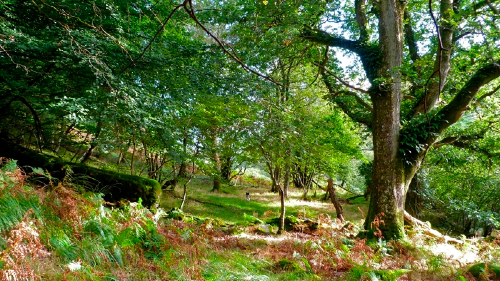
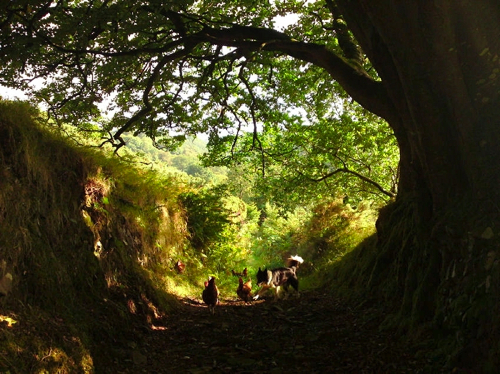



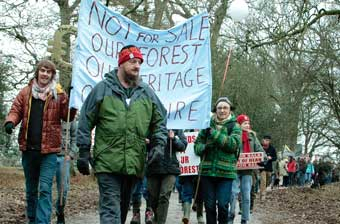

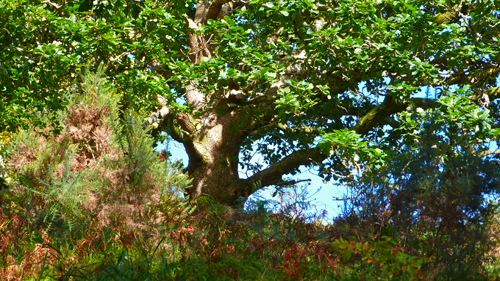


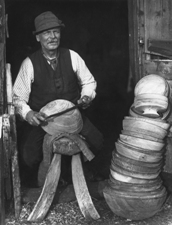



It is very heartening to see many those in UK forestry coming forward to explain the facts. It is one of the few positives as yet to come out of the PFE disposal and heightened public awareness. The role forestry has in the future for a sustainable UK is something very few people on the ground weem to be aware about.
Today, via twitter, 2 videos were publicised, which whilst being on you tube for a wee while have not seen much publicity but they need to be viewed by anyone wishing to learn more –
From the sylva foundation, with commentary by Gabrriel Hemery –
Britain’s Forgotten Forests –
http://www.youtube.com/watch?v=S2o3E97yZ4k
& from Confor, Forestry and Wood: – the low carbon industry –
http://www.youtube.com/watch?v=S2o3E97yZ4k
Grat article and support from Pip. Just for info here is that YouTube link to the first video…
http://www.youtube.com/watch?v=Sag2iEMmqO0